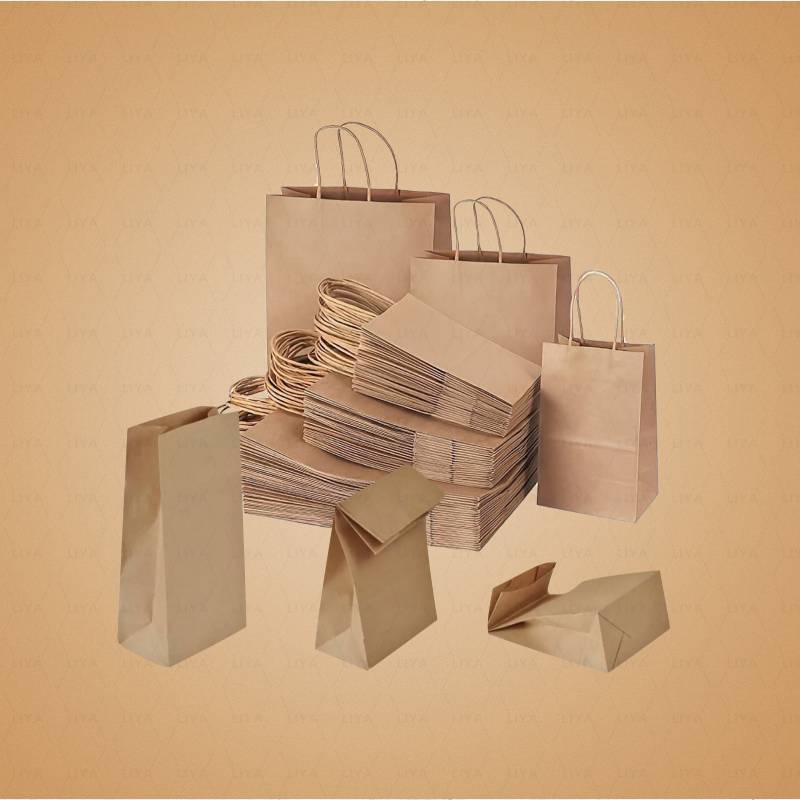Exploring Various Types of Paperboard Packaging Solutions and Their Applications
Types of Paperboard Packaging
Paperboard packaging has gained immense popularity in recent years due to its versatility, sustainability, and cost-effectiveness. This material comes in various types, each designed for specific uses and industries. In this article, we will explore the different types of paperboard packaging, their characteristics, and applications.
1. Solid Bleached Board (SBB)
Solid bleached board is a premium type of paperboard known for its high-quality surface and whiteness. This type of paperboard is made from bleached pulp, giving it excellent printability and a smooth finish. SBB is commonly used in the packaging of high-end products such as cosmetics, pharmaceuticals, and food items. Its rigidity and strength make it ideal for creating boxes that need to offer superior protection and an appealing visual presentation.
2. Coated Unbleached Kraft Board (CUK)
Coated unbleached kraft board is made from unbleached pulp, resulting in a natural, brownish color. This type of paperboard is strong and durable, making it suitable for products requiring excellent strength, such as food packaging and beverage containers. The board is coated on one side to enhance printability and moisture resistance. CUK is often used in packaging applications that prioritize sturdiness, like take-out containers and heavy-duty shipping boxes.
Folding carton board is perhaps the most recognized type of paperboard packaging. It is lightweight yet robust, making it suitable for a wide range of consumer goods, such as cereals, candies, and personal care products. This type of paperboard can be easily folded into various shapes and sizes, providing manufacturers with flexibility and efficiency in production. Additionally, the surface is often coated or treated to allow for vibrant printing, making the packaging visually appealing to consumers.
types of paperboard packaging

4. Chipboard
Chipboard is an economical option often used for secondary packaging and in situations where high strength is not a necessity. Made from recycled paper and paper pulp, it is an environmentally friendly choice. Chipboard is typically found in applications like game boxes, point-of-purchase displays, and lightweight product packaging. Despite its lower cost, chipboard can be produced in numerous thicknesses and can be printed on, providing brands with versatility.
5. Textured and Specialty Boards
Textured and specialty boards offer unique tactile experiences and visual appeal, making them popular choices for luxury products. These boards often have special coatings or finishes, which can be embossed or debossed, creating a distinct look and feel. They are commonly found in high-end product packaging, such as jewelry boxes, premium beverages, and gourmet food packaging. The use of specialty boards not only enhances product presentation but also reinforces the brand's image and value.
6. Composite Packaging
Composite packaging combines paperboard with other materials to achieve specific functionalities. For example, some composite packages may include an inner layer of foil for moisture and freshness protection, ideal for food items like snacks or powdered products. The synergy of materials helps create packaging that is both functional and appealing to the market.
Conclusion
In summary, paperboard packaging encompasses a variety of types, each tailored to meet specific industry needs and consumer preferences. From solid bleached boards for premium products to chipboard for economical solutions, the diversity of paperboard packaging options ensures that there is a suitable choice for every application. With growing environmental concerns, the sustainability of paperboard also plays a crucial role in its continued popularity, as brands and consumers increasingly look for eco-friendly packaging solutions. As innovations continue to emerge in this sector, the future of paperboard packaging looks promising, with endless possibilities for both functionality and design.
-
The Best Uses for Small Trash Bags in Daily LifeNewsJul.01,2025
-
Stylish Reusable Grocery Bags TrendsNewsJul.01,2025
-
Shipping Advantages of Using Bubble Envelopes BulkNewsJul.01,2025
-
How Compostable Mailing Bags Reduce Environmental ImpactNewsJul.01,2025
-
Environmentally - Friendly Bulk Poly MailersNewsJul.01,2025
-
Eco Friendly Custom Laminated Tote BagsNewsJul.01,2025
-
Have the freedom of customizing your custom mailers any way you want! Our dedicated packaging support will help deliver you the mailing experience you need to elevate your shipping experience to the next level! Start making a strong impression on your customers and stand out from your competitors! -
LIYA uses high quality raw materials which directly purchased from large enterprises domestic and overseas such as PetroChina, Sinopec, Sabic, Equate, ExxonMobil, Dow Chemical, Total, and Borouge, ensuring the price advantage and quality of the raw materials. -
LIYA uses high quality raw materials which directly purchased from large enterprises domestic and overseas such as PetroChina, Sinopec, Sabic, Equate, ExxonMobil, Dow Chemical, Total, and Borouge, ensuring the price advantage and quality of the raw materials.





